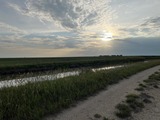
These 3 lessons provide examples of labs you can do with your students to better understand the use of soybeans in food production.
- Subject:
- Agriculture
- Material Type:
- Activity/Lab
- Author:
- Kylie Kinley
- Date Added:
- 07/25/2023

These 3 lessons provide examples of labs you can do with your students to better understand the use of soybeans in food production.

These 3 lessons provide examples of labs you can do with your students to better understand the use of soybeans in food production.

Students will learn how to determine germination rates in seed.

Soybean_Lesson_Plans_-_Moomey__1_xfITbTu.pdf
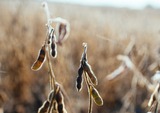
This lesson which nutrients plants need, how they are classified into macro- and micronutrients, and identifying plant nutrition in a crop field. Lesson and activity from Nebraska CASE Soybean Curriculum.

How does the temperature of soybean oil affect the viscosity of the oil? In this lesson, students will determine the viscosity of soybean oil (vegetable oil) at different temperatures. They will use thermometers and the viscosity chart.
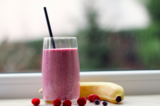
In this lesson, students will taste soymilk and make a smoothie from soymilk with additives. They will observe how soymilk is made as well as discuss the definition of milk.
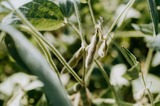
Students determine the necessity of water on plant survival and growth, consider varying needs for water throughout a plant’s growing season, and describe what happens to the plant when water is plentiful and when water is scarce. Lesson plan and activity from Nebraska CASE Soybean Curriculum.
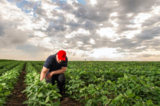
In this lesson, students will estimate the yield of soybeans. With that yield, they will determine what food products or other products can be made from one acre of soybeans.

Overview: In this class challenge, students will be put into teams of two. Each team will be given two sheet of paper, 12” of tape, two rulers, and a two pairs of scissors to construct a creative stand/structure that can hold as many textbooks as possible at least 2” off of the ground.

State FFA Convention is an exciting, multi-day event packed with competitions and gatherings. This is a compilation of documents to aid in planning and managing your chapter’s participation in the convention including samples of information letters to guardians and options for tracking student schedules.

Students choose one of sixteen agriculture- or FFA-related learning activities from the grid for use during a day when the regular classroom teacher is absent.

This is a rubric for assessing welds.

In this lesson, students will practice vocabulary for veterinary suturing, and apply when and where these procedures would be used in animal health care and surgery. Developed by Lynne M. Cook, Tift County High School, Georgia.
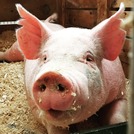
This site shows the inexpensive and permanent ear-notching swine identification system, explaining significance of notch placement to create an individual identity number for each animal, and techniques for effective notching. Accessed 2022 from University of Nebraska–Lincoln Extension Publications.

Lesson where students practice reading ear notches, and apply that knowledge by creating a headband. AFNR.HS.2.2.a Demonstrate management techniques that ensure animal welfare.AFNR.HS.2.2.b Analyze procedures to ensure that animal products are safe for consumption.

Nebraska Public Media and PBS have curated FREE, curriculum-aligned videos, interactives, lesson plans, and more for teachers like you.

Presented in five consecutive standard-period classes, students are invited to contribute to the This I Believe essay-writing project by writing and submitting a statement of personal belief. This is a challenging, intimate statement on one’s beliefs and one’s own daily life philosophy, considering moments when belief was formed, tested, or changed. Written by Jarvis Reed.

This unit will introduce students to trusses. Students will follow the Engineering Design Process to build a balsa wood truss that can be tested for efficiency.Prior to assinging this project, it is reccommended that you access the Design Process Lesson available through OER authored by Matt Bova and Devon Rupp.

Tissues are groups of cells working together. A specific tissue has similar cells which perform a particular function. In this activity we will look at various types of tissue to see how structure is related to function. You will be researching several different types of tissues. For each tissue you will include a description/picture/drawing, list at least one function and list at least one place it is found in the human body. You may use the following charts, or you may record your information in another format of your own design (google slides, etc.). You may use the internet or resource books to help you find the information.agri